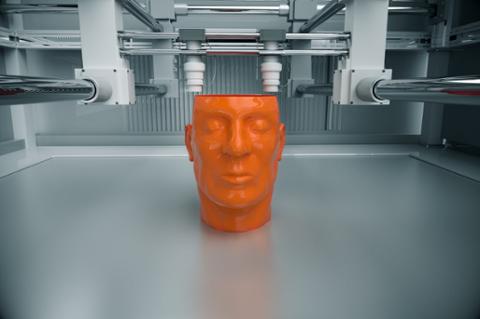Live hardware demos, even on Linux, are not for the faint of heart. You could lose your equipment. The stuff might not work when you start your sales pitch. And then there's the question of when to begin the demo. After a short introductory slide deck, or throughout your presentation? These are the challenges a salesman, executive or, yes, even a Linux developer faces when they showcase a product or service with a strong hardware emphasis. While they're pitching, there's always the shadow of a fail looming over them. Even Microsoft's Gates and Apple's Jobs had their share of embarrassing moments on-stage. To ease your pain -- or your potential for pain -- here are five crucial hardware demo tips that will give you a fighting chance and calm your nerves before you start your pitch.
You Can't Give A Hardware Demo Without Hardware
Sounds obvious, but think about it. If you have a couple of circuit boards with various electronic components, wires and a battery pack stowed away in your computer case, what is the TSA going to think when you go through airport security? How about adding in another couple of 2.4 GHz radio boards with rubber duck antennas, a small soldering iron, and a little pair of pliers? The parts had to absolutely be there before my
OSCON talk,
Hacking Together A Basic Remote Sensor With An Arduino, Xbee Radios, and Linux. What to do? Wrap everything up in bubble wrap, put it in a box and ship it to your venue. Using FedEx or UPS to send a 2-pound box from Orlando to Portland, Oregon, costs a little less than $40 for next day delivery. I chose to go through the US Postal Service, with guaranteed four-day delivery for about $15. Make sure to allow enough time for the equipment to arrive before your pitch, and don't forget to get insurance and a tracking number. Before wrapping your parts up, make sure that the wiring, components and connections are all as secure and robust as possible. I trimmed all the wire to the minimum practical length and then used plugs and connectors for connections instead of just jamming the wires into a breadboard. Use rubber bands and heat-shrink to bind things together and minimize shorts. Also, if any of your prototypes are battery powered, be sure to take along an appropriate wall wart and extension cord, just in case your main batteries die in mid slide.
Guard The Hardware With Your Life
Once your parts are at the venue, make sure they don't get stolen or lost. We'd like to think that nobody is going to snatch a cool little prototype device that's plugged into your notebook but, sadly, there are people who walk off with things that don't belong to them. Your venue might have a manned, secure area for equipment storage. Or, you might be able to park your gear in someone's locked office. If not, get a hard case equipment box and lock it with a cable to something solid. If nothing else, just don't put your gear down. Carry it with you everywhere. Peace of mind sometimes requires extreme measures.
Rehearse And Have A Backup Plan
Always rehearse your demo and presentation at least three times. When I rehearse, I do it the same way I'd do it live. This helps with timing and lets me smooth out any awkward areas. You certainly don't want to have the audience sitting there, bored, while you adjust some settings. What if the worst happens and the hardware goes belly up? It might make sense to prepare fill-in slides. If it's an issue at the venue, you'll certainly recognize it in rehearsal, so you may have time to fix the problem. This kind of thing happens. If your gear doesn't work on-stage, just act like you didn't have a demo to begin with, and explain that there's always inherent risk in prototypes. Proceed with your pitch as normal.
Use Drama For Effect
At OSCON, I started my talk on hacking together remote sensors by showing the audience live scrolling data in a terminal as it was captured by the hardware. I put the little remote device on the projector table, then as I fiddled with the sensor, the numbers changed on the screen. This gave the audience something tangible to see as I introduced what the talk would cover. It also added a nice dramatic touch to get things going. When I was done with my slides, I switched over and gave a more extensive demo. I updated some code in the editor, recompiled, then uploaded the new code to the device. Finally, I restarted the data stream (the remote sensor device) and showed the live data (including the resultant code change) again. The audience was impressed. And that's the point.
Go Forth And Demo
A properly executed hardware demo gives the product, your company, and you a ton of credibility. You keep your unspoken promise to your clients, investors and executives that what you say is true. They can see with their own eyes that the goods get delivered. The key to it all is to prepare, prepare, prepare. Orchestrate every move, every detail and you'll be fine. It takes a lot of work and effort, but successfully selling your product, company, idea -- and yourself -- makes it all worthwhile.
Related Links

